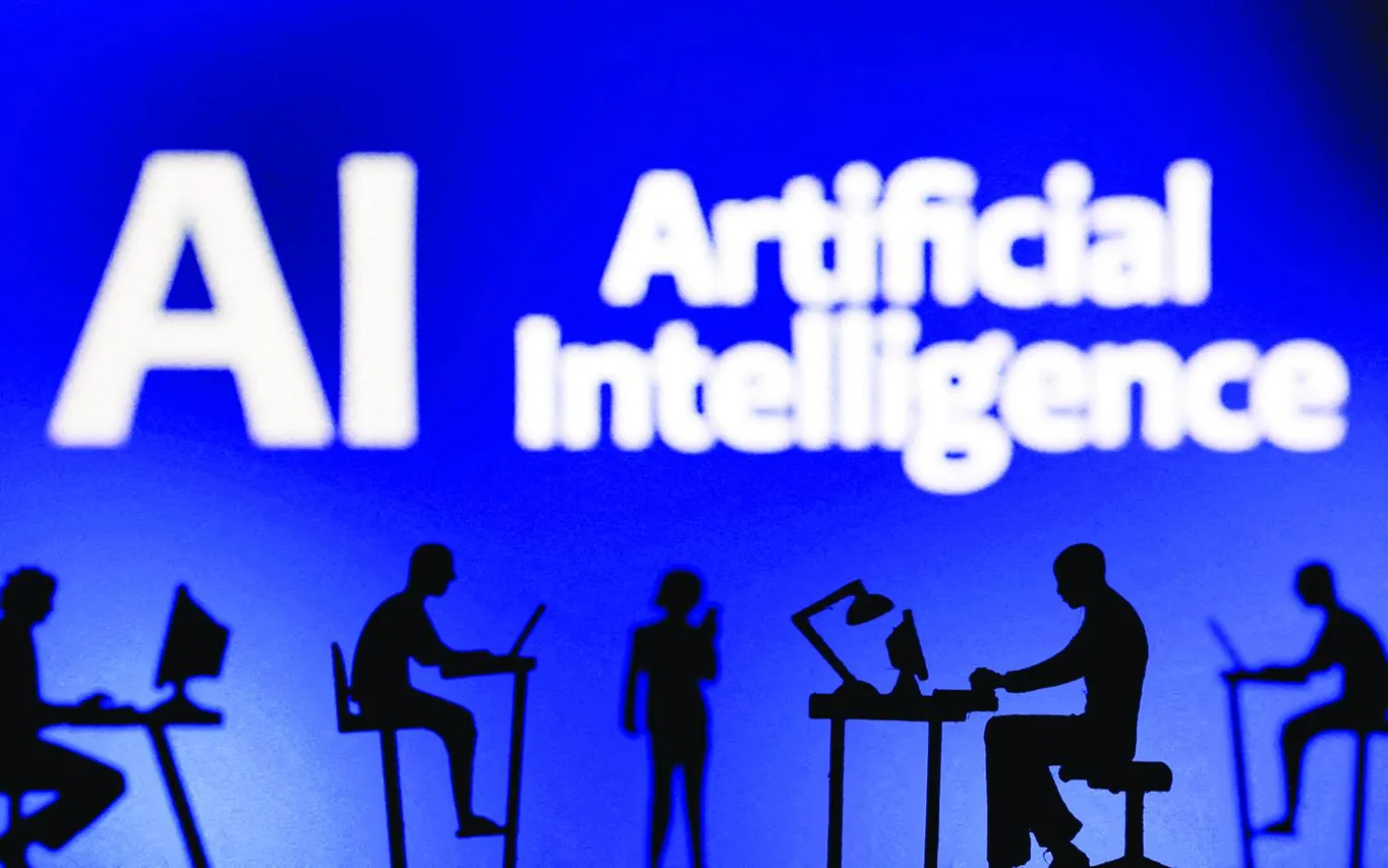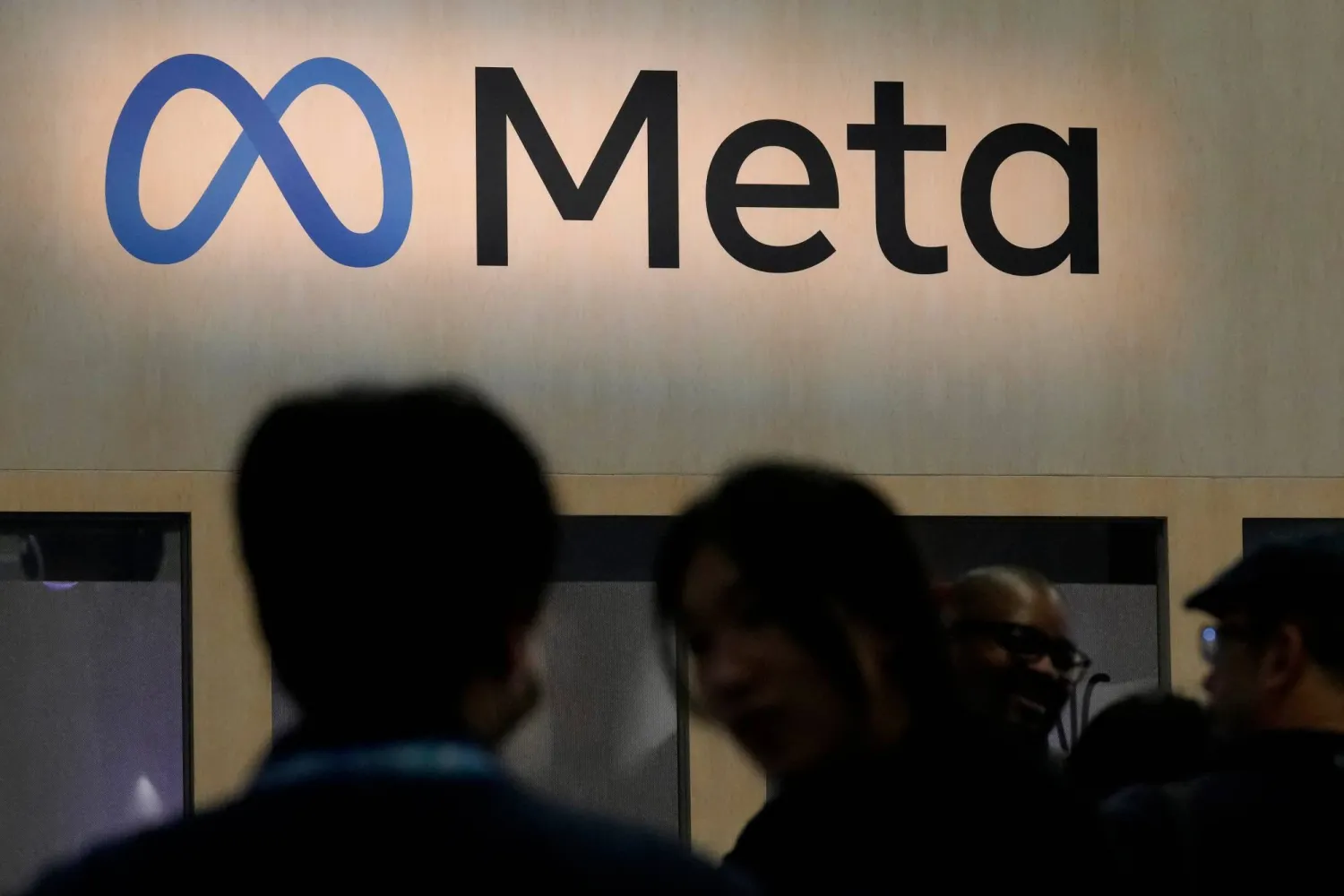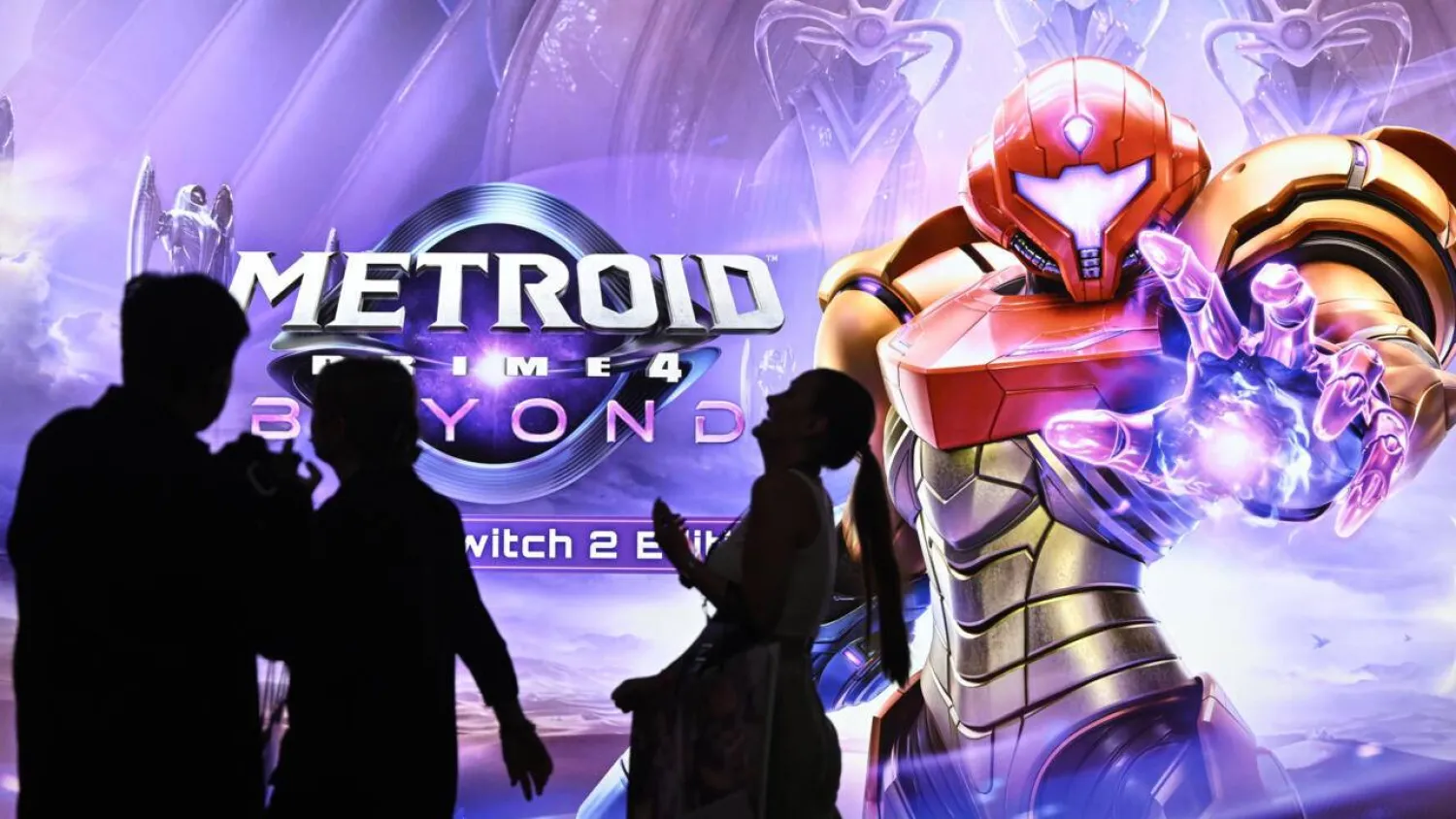YouTube has evolved from a dinner party lark 20 years ago into a modern lifestyle staple poised to overtake US cable television in paid viewership.
PayPal colleagues Steve Chen, Chad Hurley, and Jawed Karim conceived YouTube in 2005, reportedly during a dinner party. The domain YouTube.com launched on Valentine's Day that year.
Video uploading capabilities were added on April 23, when Karim posted the first video, titled "Me at the Zoo." The 19-second clip showing Karim at the San Diego Zoo's elephant exhibit has garnered 348 million views.
Over the next 20 years, the site has expanded beyond what was imagined possible back in 2005.
"YouTube was started by tech bros who wanted a video hosting service to watch reruns of Janet Jackson's 'wardrobe malfunction' during the Super Bowl," said eMarketer analyst Ross Benes.
"Now, it's the world's largest digital video service in terms of time spent and ad revenue -- it's an utter behemoth."
YouTube reached more than 2.5 billion viewers globally last year, with its music and premium tier subscribers hitting 100 million, according to market tracker Statista.
Users worldwide watch more than a billion hours of YouTube content daily on television sets alone, Google reported.
"If you go back 20 years, it would have seemed laughable that this website with kids making parody videos would become a threat to Disney, ABC, and CBS," Benes said.
"That's what they were able to accomplish."
- 'Firehose' of videos -
YouTube's breakthrough came from challenging traditional television titans without requiring studios or production costs -- it was users who were creating and uploading the content.
The platform hosts everything from concert clips to political campaign ads to how-to videos -- and much more.
"The amount of new stuff coming out is a firehose that you can't turn off, so people are always tuning in," Benes said.
According to Google, more than 500 hours of video are uploaded to YouTube every minute.
Analysts consider Google's 2006 purchase of YouTube for $1.65 billion in stock a pivotal moment, combining Google's search and advertising expertise with a video-sharing platform that had passionate users.
"YouTube was part of the recovery from the dot-com collapse, when people realized monetization was actually important," said tech analyst Rob Enderle. "YouTube became an example of how dot-coms should have been done, as opposed to how they were done in the late 1990s."
Google used its advertising know-how to build a successful model, sharing revenue with creators who attract significant audiences.
The company also enhanced technology and negotiated with studios to address copyright violations on what was once considered the Wild West of video content.
"The piracy aspect isn't quite there the way it used to be at YouTube," Benes noted. "They used to have nudity too."
YouTube also worked its way past concerns that disturbing content, like parody videos of popular cartoon characters in violent or risque situations, were being served up to children by its recommendation software.
The company launched a free "Kids" app promoted as a safe space for children, and is constantly tweaking its algorithm to avoid offending users, advertisers, and governments.
Analyst Enderle credited much of YouTube's development into a formidable platform to former chief executive Susan Wojcicki, who died last year.
"She was phenomenal at her job and showcased how something like this should be done," Enderle said.
- 'Part of me' -
YouTube is projected to surpass all US cable television services in paid subscribers within two years, according to Benes.
The platform now competes with streaming services like Netflix, Disney, and Amazon Prime, as well as short-form video platforms like TikTok and Instagram's Reels.
In response to TikTok's popularity, YouTube introduced its "Shorts" feature, which averages more than 70 billion views daily.
"As the original streaming video platform, YouTube has continued to evolve and differentiate," Mike Proulx, vice president and research director at Forrester, told AFP.
"It's the de facto standard for long-form user-generated video, literally defining the modern 'creator.'"
While YouTube's recommendation algorithm has traditionally favored established creators, longtime content maker "Robert G" noted that emerging creators are once again being featured on the home page.
"I'm really happy that YouTube is changing," said Robert G, who began uploading videos in 2009.
"YouTube is part of me; it is what I do."









